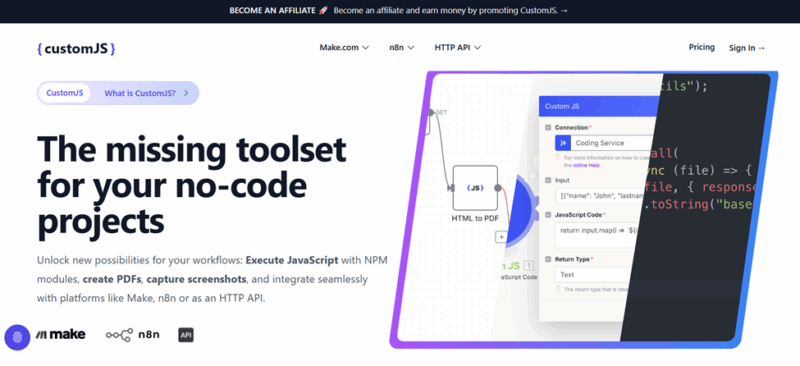
Managing meeting rooms efficiently has always been a challenge for businesses. In the past, employees relied on spreadsheets, manual booking systems, or first-come, first-served policies, which often led to double bookings, wasted office space, and scheduling conflicts. As hybrid work models became more common, the need for a structured and automated booking system has grown significantly.
A meeting room app is a modern solution that automates the reservation process, provides real-time room availability updates, and integrates with workplace tools like Google Calendar, Outlook, and Microsoft Teams. It eliminates scheduling inefficiencies and ensures that businesses make the most of their office space.
This article explores how a meeting room app works, its key benefits, and the future of workspace scheduling, helping businesses understand why this technology is no longer optional but essential.
How a Meeting Room App Works
A meeting room app functions as a centralized scheduling system that simplifies room booking, eliminates conflicts, and optimizes workspace usage.
Smart scheduling & automation
Employees can reserve meeting rooms in real time, while AI-powered recommendations suggest the best room based on availability, team size, and equipment needs. Automated scheduling ensures that rooms are used efficiently, preventing last-minute double bookings or wasted spaces.
Seamless integration with workplace tools
The app syncs with Google Calendar, Outlook, Slack, and Microsoft Teams, allowing users to book a room directly from their preferred platform. As an easy-to-use meeting room booking software, it simplifies the scheduling process, reduces manual efforts, and ensures all meeting details are stored in one place, making it the best choice for businesses looking to streamline room management.
Live availability & room optimization
IoT sensors track real-time occupancy, updating availability automatically. If a room is reserved but remains unoccupied, the system releases it for others to book, ensuring no space is wasted.
Touchless & mobile booking
Employees can book rooms via QR code scanning, voice assistants like Alexa and Google Assistant, or a mobile app, making the process faster and more convenient.
Automated notifications & no-show rrevention
The app sends reminders and check-in prompts to reduce no-shows. If a user doesn’t check in within a set time, the system cancels the reservation, freeing the room for others.

By automating scheduling and providing real-time updates, a meeting room app eliminates common booking issues and optimizes office space usage.
Business benefits & common misconceptions
Meeting room apps have become essential for efficient scheduling, reducing conflicts, and optimizing office space usage. While these tools offer clear advantages, some businesses hesitate to adopt them due to misconceptions about cost and flexibility. Below are the key benefits and common myths surrounding meeting room apps.
Business benefits of a meeting room app
- Increased Productivity – Employees no longer waste time searching for available rooms or dealing with last-minute scheduling conflicts. A meeting room app provides real-time availability updates, ensuring teams can focus on work instead of logistics.
- Optimized Office Space – Many businesses have underutilized meeting rooms, leading to wasted space and unnecessary costs. Meeting room apps track room usage trends, helping companies adjust layouts, repurpose spaces, or reduce excess office space expenses.
- Improved Collaboration & Communication – By integrating with Google Calendar, Outlook, Slack, and Microsoft Teams, a meeting room app ensures seamless coordination between remote and in-office employees. Automated notifications keep attendees informed about meeting details, changes, and cancellations, eliminating confusion.
- Cost Savings & Efficiency – Manual booking errors and no-show reservations waste office resources. Automating scheduling reduces human error, optimizes room utilization, and lowers operational expenses by ensuring meeting spaces are used effectively.
Common misconceptions about meeting room apps
- “Manual booking is more flexible.” – Some businesses believe that manually booking rooms offers greater control, but manual systems often lead to scheduling errors, inefficiencies, and conflicts. Meeting room apps provide customization, automated adjustments, and better tracking to improve scheduling.
- “Meeting room apps are expensive.” – Many companies assume these tools are costly, but affordable solutions exist that offer strong returns on investment by reducing wasted space, improving resource allocation, and eliminating scheduling inefficiencies.
- “Only large enterprises need this technology.” – Even small and medium-sized businesses benefit from automated scheduling, real-time updates, and better space management, making meeting room apps valuable for organizations of all sizes.

By recognizing these benefits and debunking common myths, businesses can adopt meeting room apps with confidence, leading to a more efficient, organized, and cost-effective office environment.
How businesses are using meeting room apps
Many companies have successfully implemented meeting room apps to enhance efficiency and reduce costs.
Tech company: cutting booking conflicts by 50%
A global tech firm faced frequent double bookings and scheduling issues. After adopting an AI-powered meeting room app, they saw a 50% reduction in conflicts and improved team coordination.
Financial institution: reducing real estate costs by 20%
A multinational finance firm used the app’s analytics and reporting features to track room occupancy trends. By eliminating underutilized spaces, they reduced real estate expenses by 20%.
Hybrid workplace: streamlining remote & in-office scheduling
A company transitioning to a hybrid model integrated a meeting room app to manage shared spaces. Automated scheduling ensured remote and in-office employees had equal access to meeting rooms, improving collaboration.
These examples highlight how automation and smart scheduling drive efficiency and cost savings.
Conclusion
A meeting room app is no longer a luxury—it’s a necessity for modern businesses. It eliminates scheduling conflicts, improves productivity, and optimizes office space usage. By integrating with workplace tools and offering automation, it simplifies scheduling, enhances collaboration, and reduces operational costs.
With advancements in AI, IoT, and smart office technology, meeting room apps will continue to evolve, providing greater flexibility and efficiency for businesses. Companies that adopt this technology today will be better prepared for the future of intelligent workspace management.










